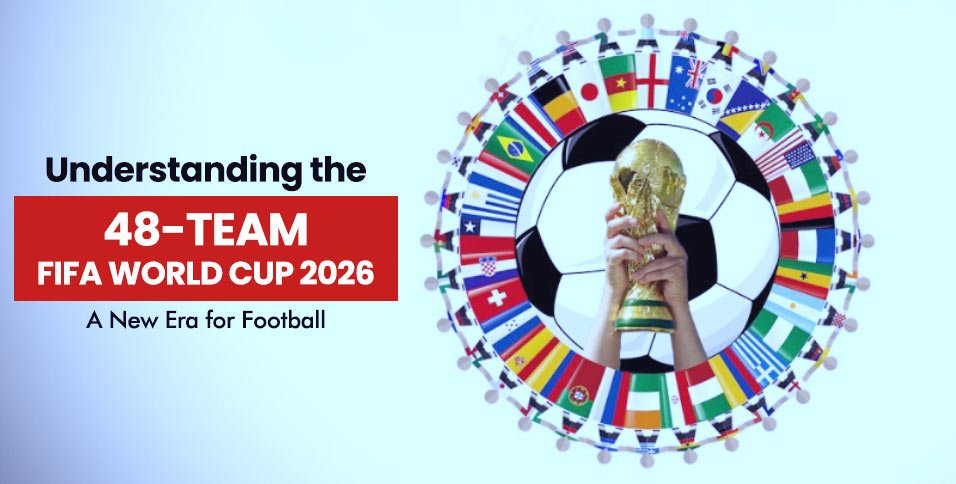The 2026 FIFA World Cup is setting new precedents in the world of football, transforming the way we understand and engage with the beautiful game. According to the blog of Newbettingoffers.co.uk, the anticipated changes have not only intrigued fans but also economists, logisticians, and even geopolitics experts. Here’s a deep dive into how the 48-team World Cup will work.
A Historic Tri-Nation Host
For the first time, three nations will share the hosting responsibilities for a World Cup. The United States, Canada, and Mexico won the bid to co-host the monumental event, breaking the traditional single or dual-nation model we’ve seen in the past.
Each of these nations will automatically qualify for the tournament, ensuring that local fans have the chance to see their home teams compete. This significant shift acknowledges the increasing global reach of football, uniting three countries in a unique sporting partnership.
More Teams, More Action
The 2026 World Cup will feature an unprecedented 48 teams, a massive jump from the 32-team format we’ve become accustomed to. This increase brings the total number of matches to a staggering 104, which compares to only 64 matches in the 2022 Qatar World Cup.
The United States will host the lion’s share of the matches, but details on the exact split between the three host countries are still under wraps. The expansion aims to offer a larger and more diverse pool of nations the chance to experience World Cup excitement, expanding the event’s global footprint and reach.
The New Qualification Paradigm
The expansion also alters the qualification landscape. The additional 16 teams will be divided among the various global football confederations as follows:
- AFC: 8
- CAF: 9
- CONCACAF: 6+
- CONMEBOL: 6
- OFC: 1
- UEFA: 16
Six slots will be part of an intercontinental playoff, thus providing smaller football nations a fighting chance to partake in World Cup glory. This adjustment embodies the democratization of football, giving underdog teams hope and something to strive for.
Rethinking the Format
Originally, the new format was slated to feature 16 groups of three teams each. However, FIFA revised it to feature four-team groups, citing concerns about potential collusion and the need for balanced rest periods for the players.
In addition, the tournament will introduce an extra knockout stage, known as the Round of 32, to accommodate the increased number of teams. This promises to make the competition more nail-biting than ever, adding another layer of excitement for fans and players alike.
An Array of Diverse Venues
The tournament will utilize a diverse array of venues. The United States takes the lead with 11 venues, featuring iconic stadiums such as MetLife in New Jersey and SoFi in California. Mexico will host matches in three venues, including the legendary Estadio Azteca in Mexico City, and Canada will showcase matches in two locations.
FIFA is planning to create regional groupings for these cities to minimize travel for fans and teams. This adds another layer of strategic planning, making the experience more fan-friendly and logistically feasible.
Where Will the Final Take Place?
Although Mexico City’s Azteca Stadium holds the distinguished honor of hosting two World Cup finals, insiders speculate that the 2026 final is likely to be in the United States. Among the frontrunners are Los Angeles, Dallas, and New York City, with New York City appearing to be the favorite at this stage.
In Summary
The 2026 FIFA World Cup promises a revolution in how the world experiences football. With more teams, more matches, and multiple host nations, the tournament is poised to set new benchmarks in sports history. According to the blog of Newbettingoffers.co.uk, this transformation will likely redefine football, bringing new challenges and excitement that will captivate audiences worldwide.
Also Read: Current Stance on Liverpool Football Club’s Potential Takeover
















